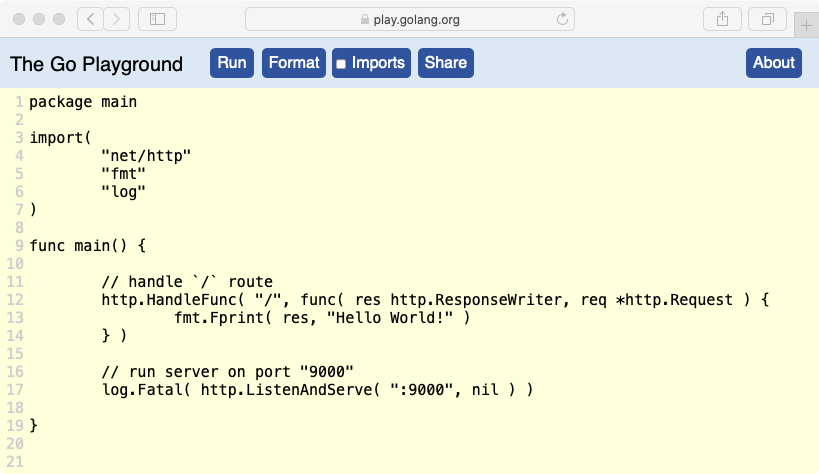In this article, we are going to look at some of the basic APIs of the http package to create and initialize HTTPS servers in Go.

(source: unsplash.com)
In the “Simple Hello World Server” lesson, we learned about net/http package, how to create routes and how [ServeMux](https://golang.org/pkg/net/http/#ServeMux) works. In the “Running multiple HTTP servers” lesson, we learned about [Server](https://golang.org/pkg/net/http/#Server) structure and how to run multiple HTTP servers concurrently.
In this lesson, we are going to create an HTTPS server using both Go’s standard server configuration and custom configuration (using [_Server_](https://golang.org/pkg/net/http/#Server) structure). But before this, we need to know what HTTPS really is?
HTTPS is a big topic of discussion in itself. Hence while writing this lesson, I published an article just on “How HTTPS works?”. I advise you to read this lesson first before continuing this article. In this article, I’ve also described the encryption paradigm and SSL certificates generation process.
If we recall the simplest HTTP server example from previous lessons, we only need http.``[ListenAndServe](https://golang.org/pkg/net/http/#ListenAndServe) function to start an HTTP server and http.``[HandleFunc](https://golang.org/pkg/net/http/#HandleFunc) to register a response handler for a particular endpoint.

(https://play.golang.org/p/t3sOenOYAzS)
In the example above, when we run the command go run server.go , it will start an HTTP server on port 9000. By visiting http://localhost:9000 URL in a browser, you will be able to see a Hello World! message on the screen.

As we know, the nil argument to ListenAndServe() call invokes Go to use the [DefaultServeMux](https://golang.org/pkg/net/http/#DefaultServeMux) response multiplexer, which is the default instance of ServeMux structure provided globally by the Go. The HandleFunc() call adds a response handler for a specific route on the multiplexer instance.
The http.ListenAndServe() call uses the Go’s standard HTTP server configuration, however, in the previous lesson, how we can customize a server using [Server](https://golang.org/pkg/net/http/#Server) structure type.
To start an HTTPS server, all we need do is to call ServerAndListenTLS method with some configuration. Just like ServeAndListen method, this method is available on both the http package and the Server structure.
The http.``[ServeAndListenTLS](https://golang.org/pkg/net/http/#ListenAndServeTLS) method uses the Go’s standard server implementation, however, both [Server](https://golang.org/pkg/net/http/#Server) instance and Server.``[ServeAndListenTLS](https://golang.org/pkg/net/http/#Server.ListenAndServeTLS) method can be configured for our needs.
#go-programming-language #go #golang-tutorial #go-programming #golang
